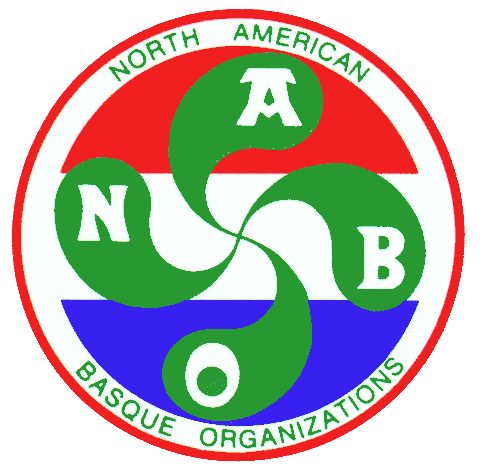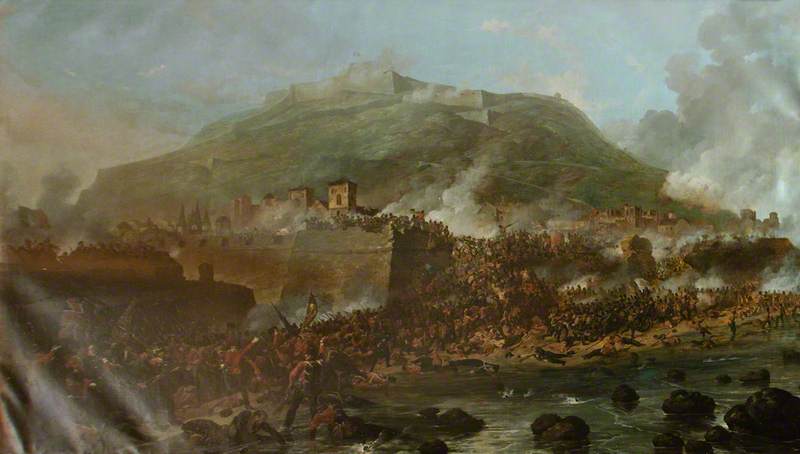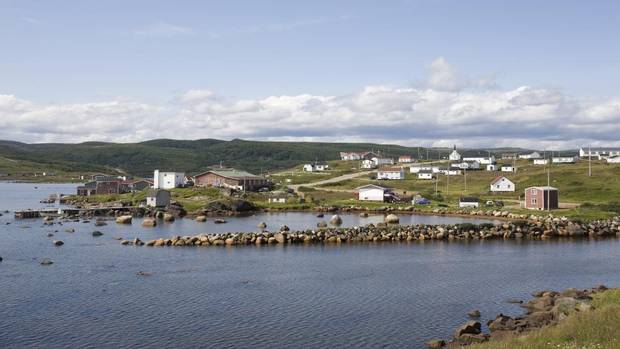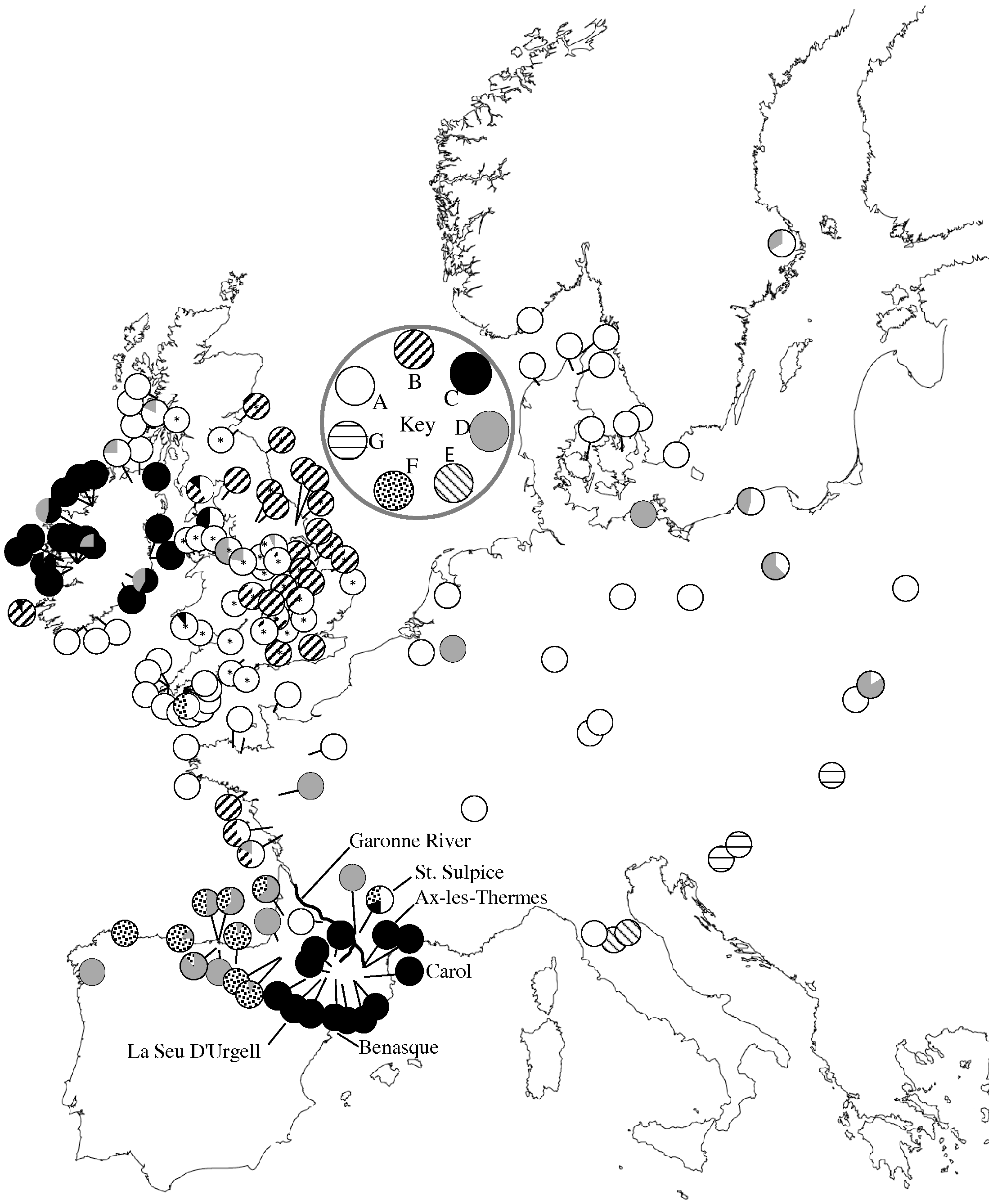The Basques have been an integral part of the history of much of the world, from their role in Magellan’s voyage around the globe to their participation in the Spanish conquests of America. The Basques also touched a lot of the American West, and, while I should by now be accustomed to the pervasiveness of the Basques in the West, I’m still surprised when I hear about the story of places like Shoshone, Idaho.
Shoshone is a small town, just east of Gooding (another center of Basque-American culture). It’s a town I’ve certainly heard of, but have never visited. It turns out that Shoshone was one of the important stops for Basques making their way west after their voyage across the Atlantic and their landing on the east coast. Shoshone, at one time, boasted 7 Basque boarding houses (today Shoshone has a population of about 1400, so that would be about one boarding house per 200 inhabitants, probably the highest density in the country). Today, only 4 survive. But, the pride of that Basque heritage lives on.
Tomorrow, Shoshone will celebrate the 1st Annual Lincoln County Basque Heritage Day. Sponsored by the Lincoln County Chamber of Commerce and the Ben Oneida family, the event will showcase the Basque heritage of Shoshone, featuring a lecture by Prof. Dave Lachiondo of the Center for Basque Studies at Boise State University and a screening of the film Basques in the West. In addition, there will be sheep camps, photo displays, and history displays. The event is free and all are welcome.
Sounds like a wonderful event! It is inspired by the Basque immigrants who helped shaped the history of Shoshone. I’m curious what those boarding houses look like today, and what secrets they might still hold!











